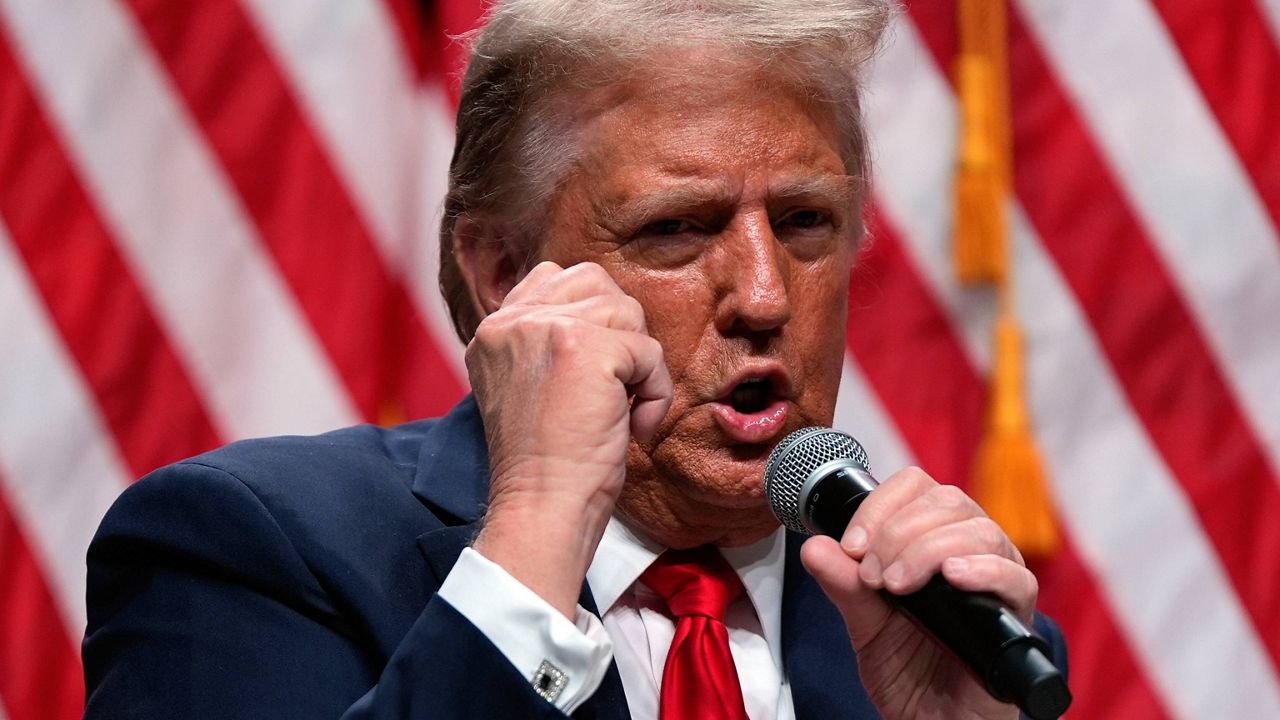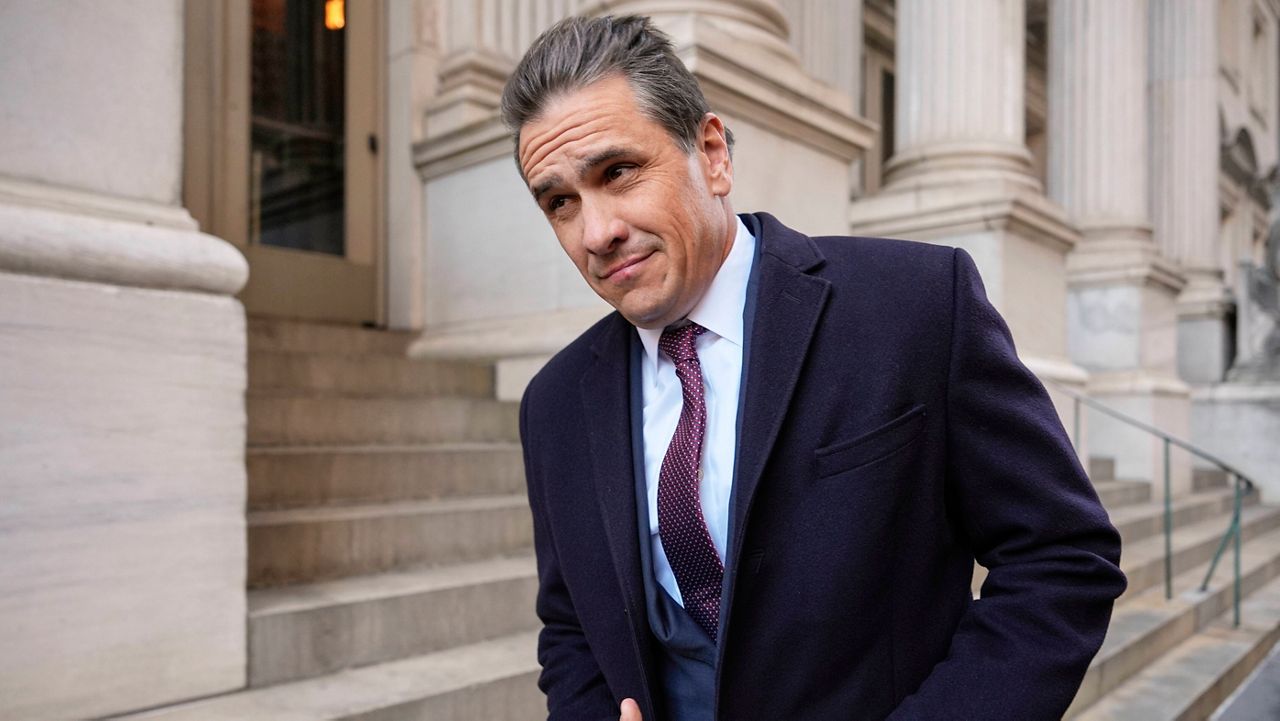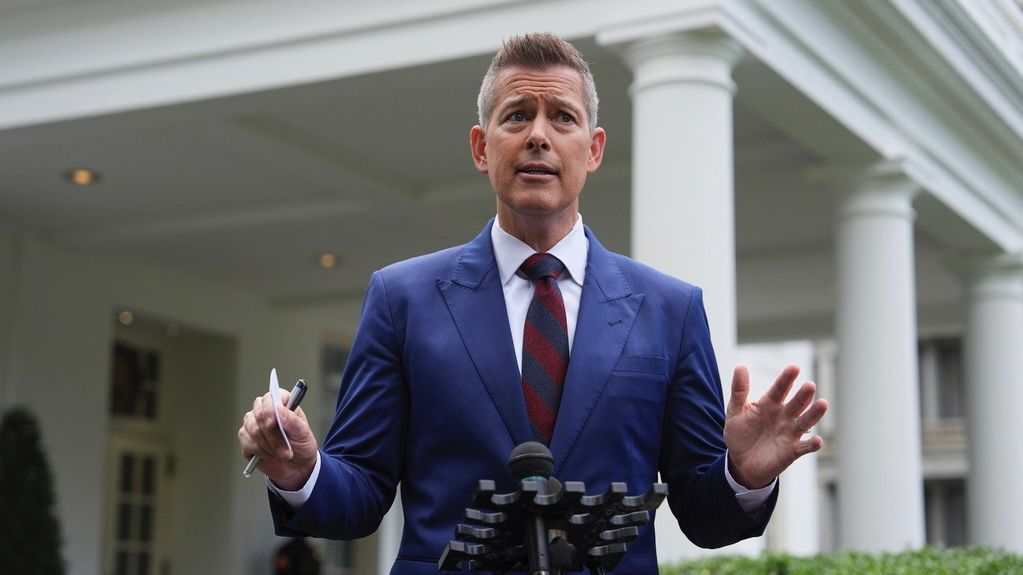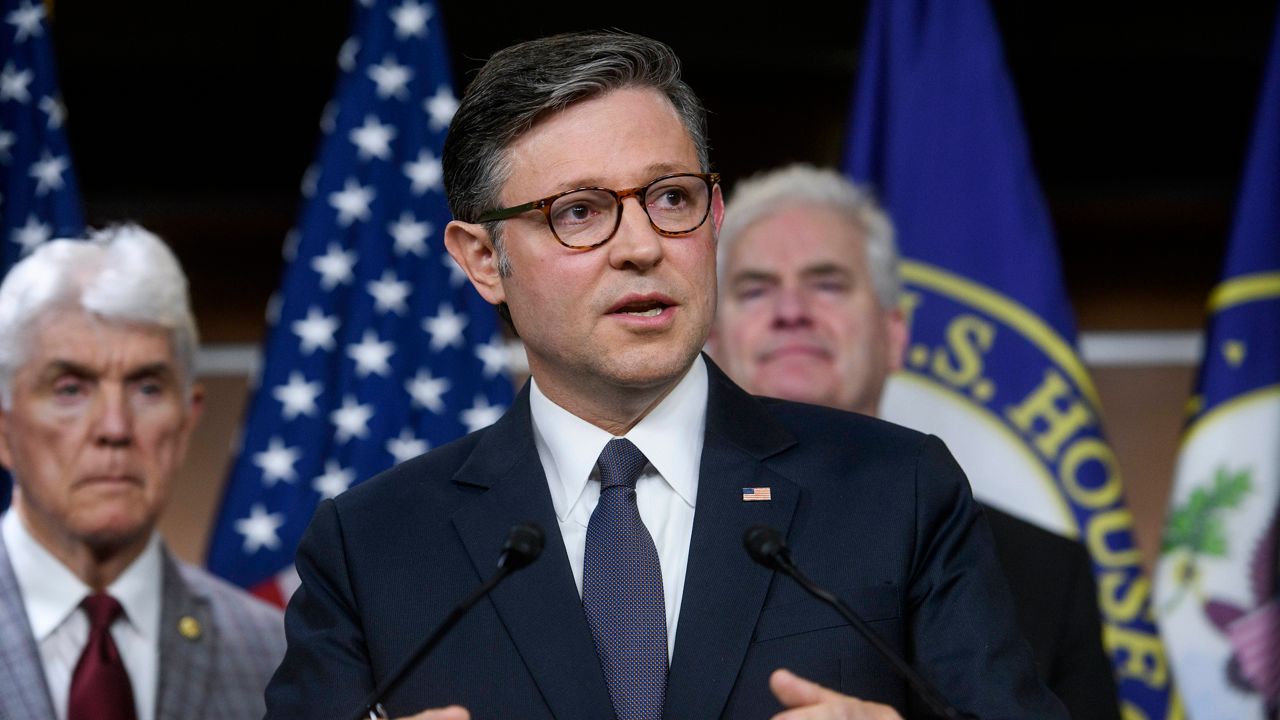President-elect Donald Trump placed the process of recess appointments squarely in the news last weekend when he demanded the next Senate majority leader allow him to fast-track his nominees for high-level roles in his administration.
What You Need To Know
- President-elect Donald Trump placed the process of recess appointments squarely in the news last weekend when he demanded the next Senate majority leader allow him to fast-track his nominees for high-level roles in his administration
- His announcements of controversial nominees this week have raised questions about whether the incoming president is hoping to circumvent the Senate confirmation process
- The Constitution also allows for the president to unilaterally fill vacancies during a Senate recess
- Donald Trump and Joe Biden have made no recess appointments during their presidencies because of a Supreme Court ruling and the Senate's practice of conducting pro forma sessions that technically keep it in session
His announcements of controversial nominees this week — including former Florida Rep. Matt Gaetz as attorney general and former Hawaii Rep. Tulsi Gabbard as director of national intelligence — have raised questions about whether the incoming president is hoping to circumvent the Senate confirmation process.
Republicans are poised to have a 53-47 majority in the Senate, making Trump’s interest in recess appointments more curious.
Here’s a look at recess appointments and how Trump might take advantage of them.
What are recess appointments?
The Constitution states that a president’s nominees for positions such as Cabinet members, ambassadors and judges are subject to the “the Advice and Consent of the Senate.”
In other words, the Senate generally holds confirmation hearings to vet the president’s nominees before voting to confirm or reject them.
But the Constitution also allows for the president to unilaterally fill vacancies during a Senate recess. The appointments expire at the end of the Congress, meaning they would be valid, at most, for two years.
In the Federalist Papers No. 67, Alexander Hamilton wrote “it might be necessary for the public service to fill [positions] without delay.”
While it has been widely understood that the goal of recess appointments is to ensure the continuity of government functions, some presidents have used the process to appoint officials who might have had difficulty receiving Senate confirmation.
What has the Supreme Court said about recess appointments?
The justices did not weigh in on the process until 2014, when it ruled that Obama overstepped his constitutional powers by appointing three officials to the National Labor Relations Board.
However, the Supreme Court simultaneously endorsed a broad interpretation of the constitutional provision on recess appointments, which it acknowledged was “ambiguous.”
At issue were two major questions:
1. How long must the Senate’s break last before a president can make a recess appointment?
2. Does the wording about “Vacancies that may happen during the Recess” apply only to positions that become open during the recess or ones that were already vacant before the Senate pause?
The majority opinion ruled that any break of 10 or fewer days was too short to trigger a recess appointment and that such appointments can be made for vacancies that precede a Senate hiatus.
Where Obama ran afoul of the rule, in the Supreme Court’s estimation, is that the Senate was not technically in recess when he made the appointments because it was holding pro forma sessions — short meetings, sometimes with just one senator present, where no business is conducted.
The Senate and House continue to hold pro forma sessions every two or three days, meaning they never formally adjourn.
How much have recess appointments been used?
According to the Congressional Research Service, former President Bill Clinton made 139 recess appointments, former President George W. Bush used the process 171 times, and former President Barack Obama made 32 recess appointments before the Supreme Court effectively put a stop to it.
Donald Trump and Joe Biden have made no recess appointments during their presidencies, also in large part due to the high court’s ruling.
What is Trump saying?
The president-elect took to social media Sunday to say that "Any Republican Senator seeking the coveted LEADERSHIP position in the United States Senate must agree to Recess Appointments (in the Senate!), without which we will not be able to get people confirmed in a timely manner.”
He claimed that it could two years or more to get some of his nominees confirmed, adding, “We need positions filled IMMEDIATELY!”
On Wednesday, Senate Republicans elected South Dakota Sen. John Thune to succeed longtime GOP Senate leader Mitch McConnell of Kentucky. Thune defeated Sens. John Cornyn of Texas and Rick Scott of Florida in a secret-ballot vote.
After his election, Thune said he’d like to see Trump’s Cabinet members go through the standard confirmation process but did not rule out recess appointments.
Thune could open the door for Trump to make recess appointments by not convening the Senate for at least 10 days and not scheduling any pro forma sessions. Under congressional rules, neither chamber of Congress can more than a three-day break without the consent of the other. That means the Republican-led House, too, would have be on board.
Does Trump have another option?
Outside of the traditional confirmation route, if the Senate remains in session, Trump could invoke a never-before-used provision in the Constitution to force the adjournment of Congress.
Article II, Section 3 says that in a “Case of Disagreement” between the Senate and House, the president “may adjourn them to such Time as he shall think proper.”
The president-elect has considered this before. When he was president in 2020, he threatened to shut down Congress so that he could fill vacancies, but McConnell blocked the effort.
Trump could do it during his second term by convincing the House to pass a concurrent resolution to adjourn both chambers of Congress. If the Senate rejects the resolution, Trump would have the disagreement needed to justify a recess.
What are the concerns about Trump’s nominees?
Three of Trump’s picks in particular this week could face challenges in getting confirmed by the Senate, even a Republican majority one.
Gaetz was the subject of a three-year House ethics inquiry and resigned from his seat Wednesday, two days before the ethics panel was reportedly set to vote on releasing a report about its finding. Gaetz also faces questions about his qualifications for the attorney general job.
Gabbard, Trump’s pick to lead national intelligence, has been accused of amplifying Russian propaganda and has never worked in the intelligence community.
And the president-elect’s nominee for defense secretary, Pete Hegseth, would make the jump from Fox News to the Pentagon and lacks senior military or national security experience. He also has said women should not be allowed in combat roles and advocated for the pardons of service members accused of war crimes.
“Republicans are going to have a 53-47 majority in the Senate, and yet here’s Trump urging the Senate to go into recess so that he can bypass it altogether,” Stephen Vladeck, a constitutional law professor at Georgetown University, posted on X on Sunday. “In other words, he wants to install folks who couldn’t even get through *that* Senate. It’s going to be a long four years.”










